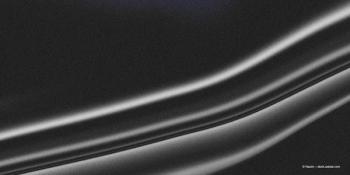
AMD risk phenotypes targeted in direct-to-consumer genetic database
AMD risk phenotypes are characterized in a direct-to-consumer genetic database.
Genetic testing can identify patients with high-risk genotypes for
Dr. Leng presented the results of a national cross- sectional study that assessed the frequency of the two most common genetic variants associated with an increased risk of developing AMD-CFH Y402H and ARMS2 A69S-in a cohort of approximately 3.5 mil- lion adults who had used DTC genetic testing (23andMe) between 2013 and 2019.
Dr. Leng is assistant professor of ophthalmology and director of Clinical and Translational Research,
“Identification of patients with high-risk genotypes for AMD may aid in improved disease identification and monitoring for disease progression, which can facilitate earlier treatment of ad- vanced AMD and optimize visual out- comes,” he said.
Approximately 80% of individuals genotyped during the study period gave their consent.
RELATED CONTENT:
The study
The study population had an average age of 47.3 years and included 56% females and 44% males. Almost three-fourths of the cohort were of European descent.
“Something to consider about our study is that information on genetic ancestry was computed, which differs from prior studies where information about ancestry was self-reported,” said Dr. Leng.
“One of the limitations of our study is that our population was not representative of the demographics of the US population. In particular, our cohort had a higher proportion of individuals of European ancestry, a smaller proportion of African Americans, and an older average age compared to the US population.”
The study found overall frequencies of 35.2% for the Y402H allele and 23.0% for A69S. Analyses looking at allele frequencies across genetic ancestries showed that the Y402H variant was common (~30%) across all ancestries except among East Asians, where the frequency was just 5.6%. East Asians had the highest frequency (41.6%) of the A69S allele. The frequency of the A69S allele in other ancestries ranged from approximately 20% to 34%.
The distribution of AMD genotypes in the cohort was also analyzed. The results showed that one copy of the Y402H allele was the most common genotype, occurring in ~27% of the cohort, whereas two copies of both the Y402H and A69S alleles was the least common genotype, being present in ~1% of the population.
“The distribution of genotypes found in our study correlates almost exactly with what would be predicted by the Hardy-Weinberg Equilibrium,” said Dr. Leng.
Disclosures:
THEODORE LENG, MD, MS
E: tedleng@standord.edu
This article is based on Dr. Leng’s presentation at the recent scientific meeting of the American Society of Retina Specialsits. He has no relevant financial interests ot disclose.
Newsletter
Keep your retina practice on the forefront—subscribe for expert analysis and emerging trends in retinal disease management.












































